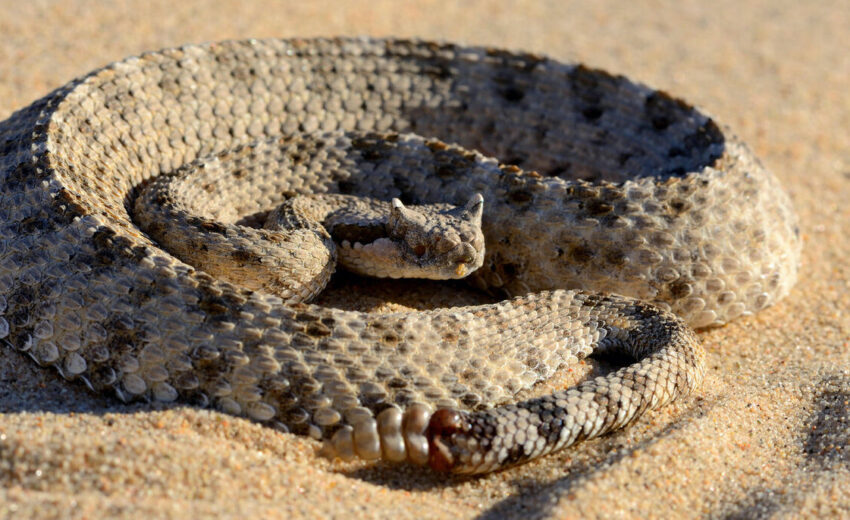The sidewinder is a venomous pit viper that is found in arid regions of the southwestern U.S. and even into northwestern Mexico. They live in desert regions of Arizona, California
- Zoology
- Daily Critter Facts
- For Teachers
- Study Guides
- Diseases & Parasites
- Contact
- Zoology
- Daily Critter Facts
- For Teachers
- Study Guides
- Diseases & Parasites
- Contact

